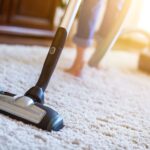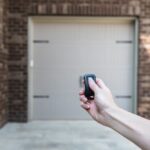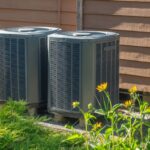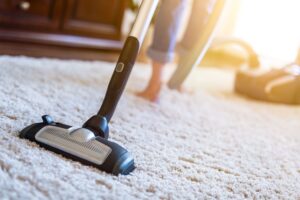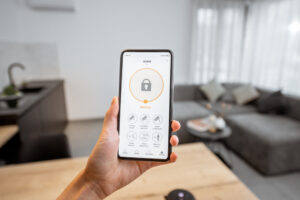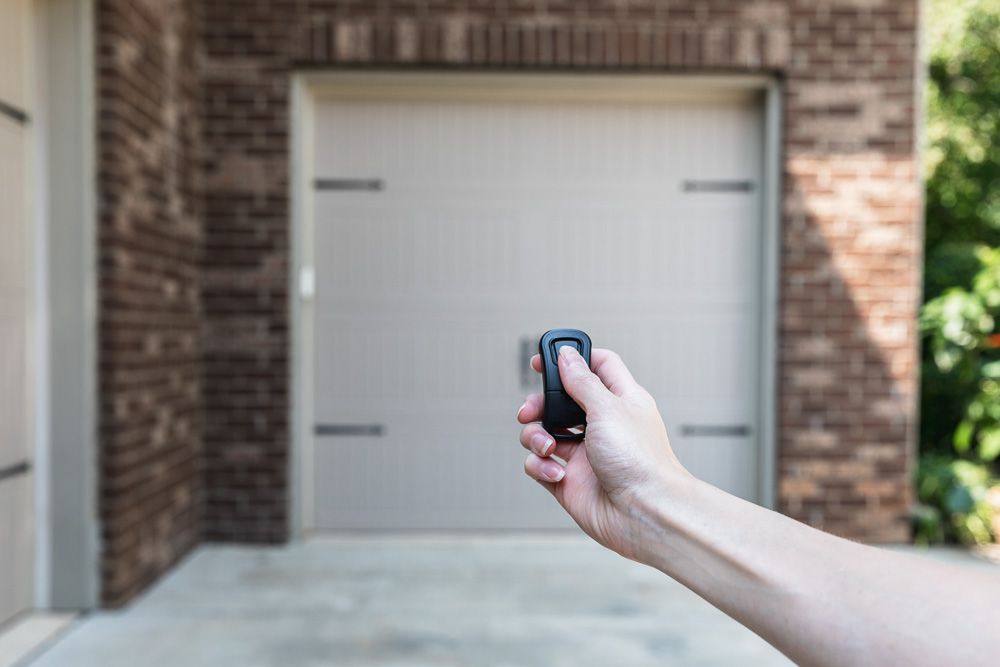
Commercial electric door operators are the backbone of smooth business operations. They manage the constant flow of employees, customers, and deliveries while maintaining safety and convenience. However, even high-quality systems can experience malfunctions over time. Whether it’s a door refusing to open, a sensor failure, or a motor issue, quick troubleshooting prevents downtime and costly repairs. Here’s a clear guide to diagnosing and resolving common problems with Door Doctor commercial electric door operators.
1. Check the Power Source First
One of the simplest yet most common causes of electric door operator failure is power disruption. If the door isn’t responding to wall switches or remote controls, start by checking the power source.
What to do:
- Confirm the power switch is on and the circuit breaker hasn’t tripped.
- Test other electrical devices on the same outlet.
- Inspect wiring for damage or loose connections.
If the system still doesn’t power up, contact a certified electrician before attempting internal repairs. Working with high-voltage components without expertise can be dangerous.
2. Inspect Control Switches and Remotes
When doors fail to open or close, the issue often lies with the control switches or remote transmitter.
Troubleshooting steps:
- Replace the batteries in handheld remotes.
- Check for worn-out or sticky wall switches.
- Verify that the receiver light activates when pressing the control button.
If remotes fail consistently, reprogramming or replacing the receiver unit may be required.
3. Verify Safety Sensors and Photo Eyes
Photo-eye sensors are critical for detecting obstructions and preventing door accidents. If they’re misaligned or dirty, your door may refuse to close or reverse unexpectedly.
Fix it by:
- Cleaning the lenses with a dry microfiber cloth.
- Ensuring sensors face each other directly at equal height.
- Checking for blinking indicator lights—this usually signals misalignment.
Always test the safety reversal system after adjustments by placing an object in the door’s path during closure.
4. Examine Door Alignment and Track Condition
If your door struggles to move or emits grinding noises, the problem might not be electrical at all. Physical misalignment or debris buildup in the track can restrict motion.
Quick inspection checklist:
- Look for dirt, rust, or obstructions along the track.
- Check for uneven gaps between the door and the frame.
- Ensure rollers and hinges move smoothly.
Cleaning and minor adjustments can fix small issues, but warped tracks or bent sections require professional realignment.
5. Listen for Unusual Motor Noises
A well-functioning operator motor runs quietly. Grinding, humming, or clicking sounds indicate internal wear, lack of lubrication, or mechanical friction.
Troubleshooting approach:
- Shut off power and inspect for loose mounting bolts.
- Check the drive chain or belt for wear and proper tension.
- Lubricate moving parts using manufacturer-approved grease.
If the noise persists, it could signal failing bearings or a motor nearing burnout—both require technician attention.
6. Recalibrate Limit Switches
Limit switches tell the operator when to stop the door at fully open and closed positions. If miscalibrated, the door might stop short, reverse too early, or continue running after closing.
How to fix:
- Locate the adjustment screws or dials on the control box.
- Adjust in small increments while testing door movement.
- Avoid over-adjusting—incorrect calibration can damage the motor.
A professional technician can recalibrate limits accurately using diagnostic tools for precise positioning.
7. Check for Overheating or Overuse
In busy commercial environments, electric operators can overheat from constant operation. Most systems include thermal protection that shuts them off temporarily.
Signs of overheating:
- Door suddenly stops mid-cycle and won’t respond.
- Motor housing feels hot to the touch.
- Operation resumes after a cooldown period.
Solution:
Allow the motor to cool for 15–20 minutes. If the issue repeats, schedule maintenance—frequent overheating means excessive friction or electrical resistance inside the system.
8. Inspect the Control Board
If your door operator behaves erratically—opening randomly, failing to respond, or ignoring sensor signals—the control board might be faulty.
Steps to troubleshoot:
- Check for burnt or damaged components.
- Reset the system according to manufacturer instructions.
- Use surge protection to prevent future board damage.
Replacing a damaged control board should always be done by qualified technicians, as incorrect wiring can permanently damage the operator.
9. Maintain a Regular Service Schedule
Most recurring problems occur because of poor maintenance. Dust, debris, and lack of lubrication slowly degrade performance until major issues arise.
Preventive maintenance checklist:
- Quarterly cleaning and lubrication of all moving parts.
- Annual inspection by certified technicians.
- Periodic recalibration of sensors and switches.
A structured maintenance program ensures that Door Doctor commercial electric door operators stay reliable, energy-efficient, and compliant with safety regulations.
Final Thoughts
Troubleshooting electric door operators doesn’t always require full disassembly or technical knowledge—many issues stem from simple causes like power supply interruptions, dirty sensors, or misaligned tracks. Still, knowing when to call professionals is vital for safety and long-term performance.

